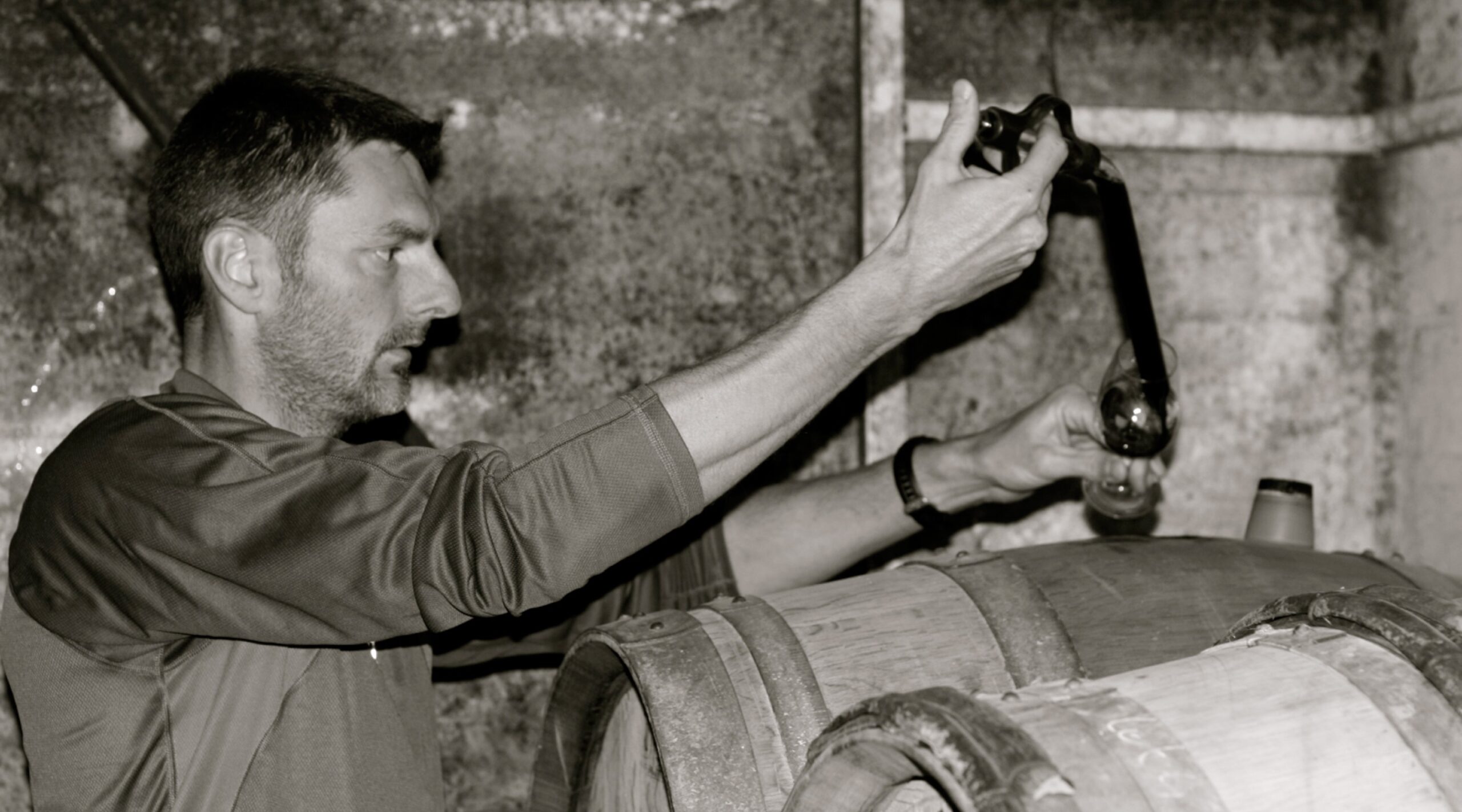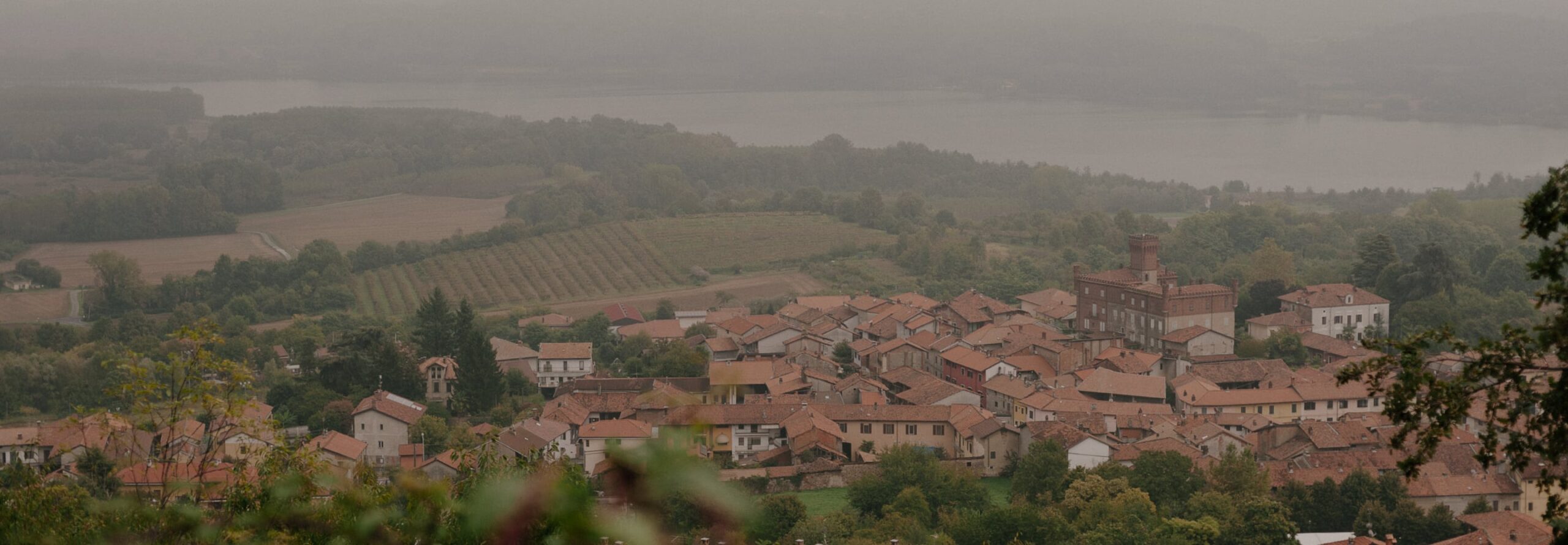If I recall correctly, Robert Michel, our long-time producer of Cornas, announced to me in late 2004 that he was considering retirement, most probably after the 2006 vintage. There were no plans for succession; his son wasn’t interested in doing the tough, physical work that is required to cultivate the terraced vineyards of Cornas. A few years earlier (1998) we suffered the devastating loss of another of our growers in the northern Rhone, Michel Ferraton, who also retired. So, the specter of Michel’s absence from our portfolio was profoundly disconcerting, particularly because appellations like Cornas and Hermitage (Ferraton’s bailiwick) are very small in area and there are very few growers of exceptional quality. I turned to our grower of Cote Rotie in Ampuis, Bernard Levet, and asked him to help in the search. Shortly thereafter, Bernard called and referred me to the young Ludovic Izerable, someone whose wines he had tasted recently and whose work mirrored his own: only manual work in the vineyard, long cuvaison and elevage of the Syrah using everything in the grape (yes, those very precious stems are part of the package) and superbly-sited vineyards full of old vines within Cornas.
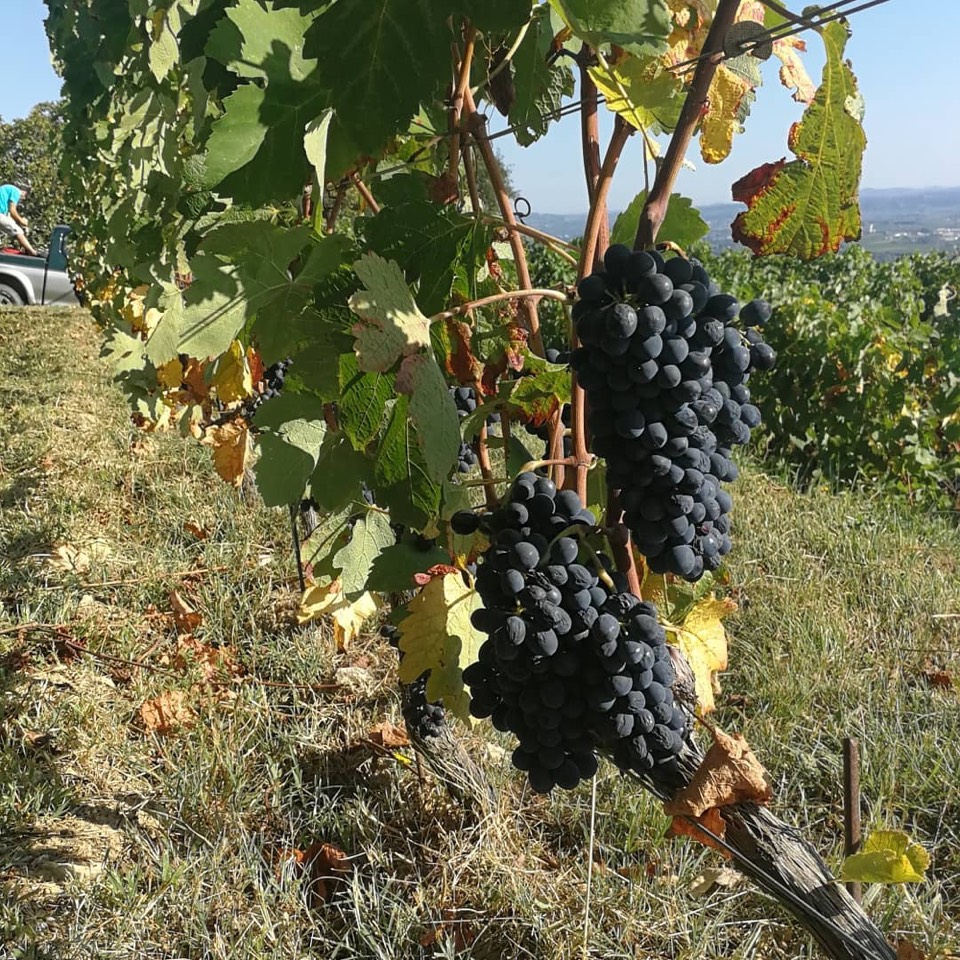
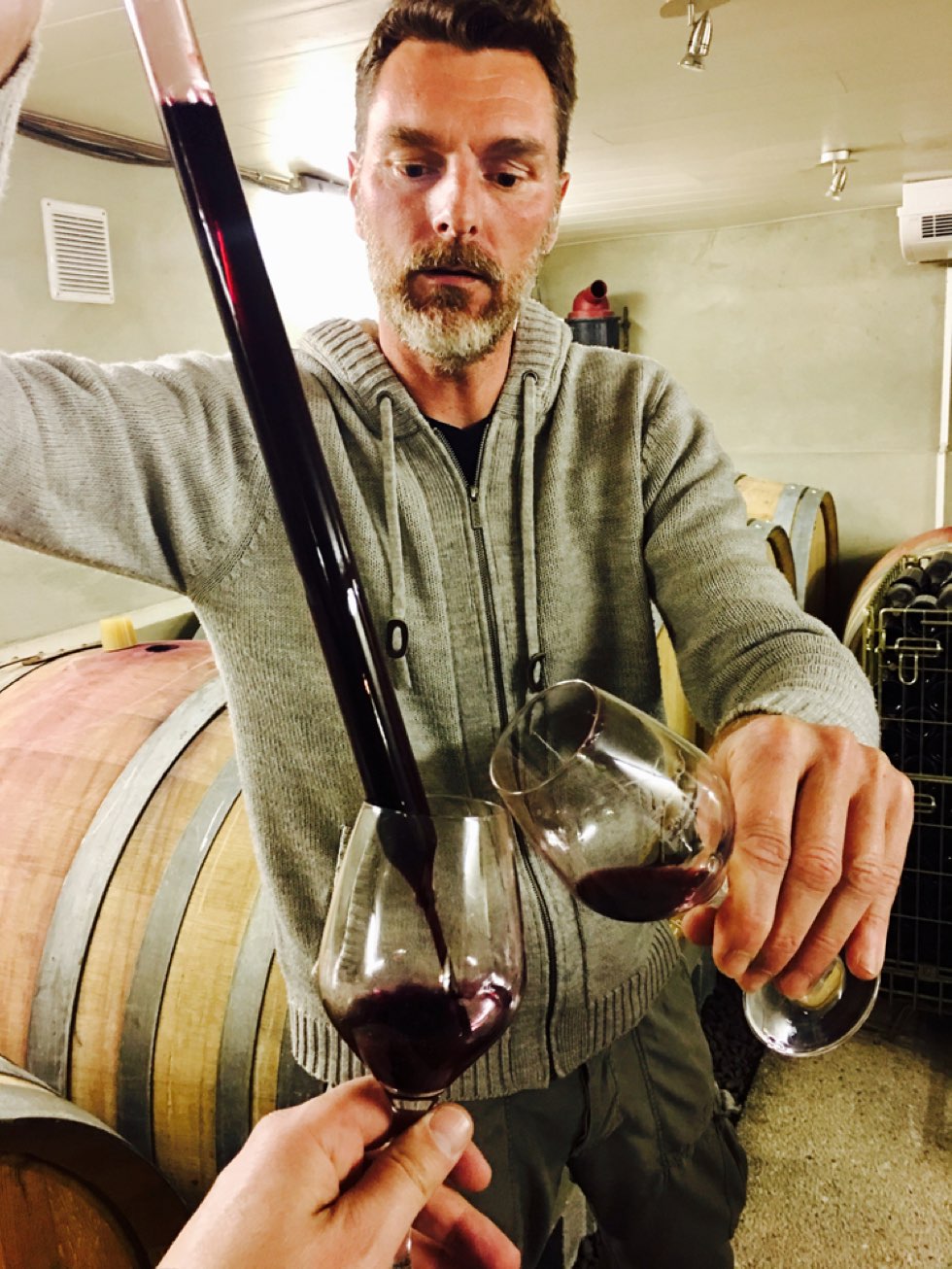
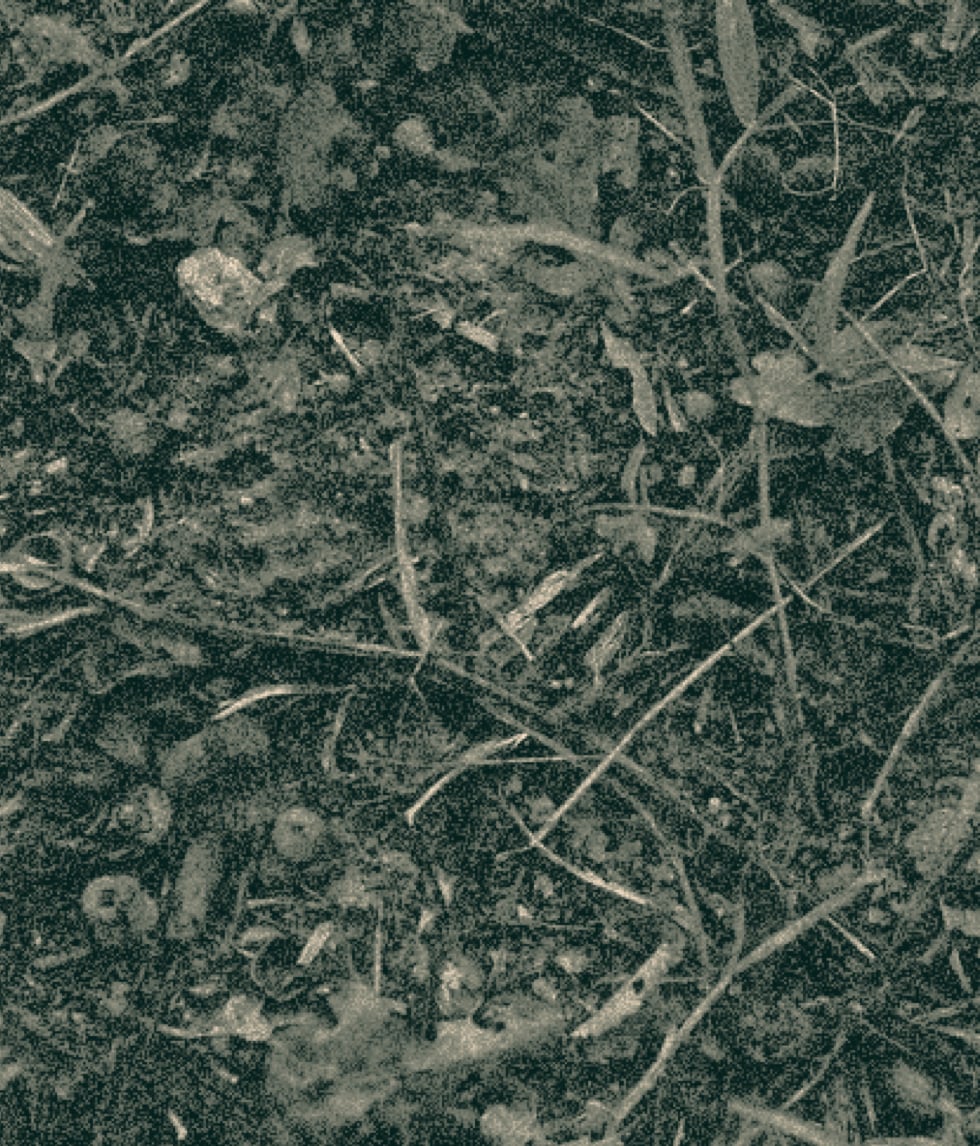
The vineyards are organically farmed and are certified as such by “Ecocert”.
So begins our liaison with the Domaine Lionnet. Ludovic Izerable, a refugee from the Haute Savoie city of Grenoble, married Corinne Lionnet whose family has been growing grapes in the village of Cornas since 1575 (that’s correct … no typo … almost five centuries ago). Corinne took control of the domaine in 2003 when her father, Pierre, retired and she and Ludovic now run the show.
The domaine is quite small, only 2.2 hectares at the moment (additional vineyards will be added to the domaine shortly enabling the Domaine Lionnet to also produce a Saint Joseph). The vineyards are organically farmed and are certified as such by “Ecocert”. The vineyards are divided into four separate parcels across four distinct lieu-dits: Mazards, Combes, Chaillot and Brugeres. The vines are all between the ages of 40 and 100 years! Each parcel is harvested separately and vinification is done parcel by parcel as well. The harvest, of course, is manual with a severe selection being done in the vineyard. The cuvaison is long (three weeks) and the fermentation is completely natural: indigenous yeasts and no other materials whatsoever (no albumin, no enzymes, no gelatins … zero!). The grapes are left intact; they are never destemmed. The fermentation occurs in cement vats; then, the wines are racked into large oak barrels (tonneaux and demi-muids). No new oak is used.
Farming
Certified organic by Ecocert since 2009, practicing biodynamic since 2017
Treatments
Copper-sulfate only
Ploughing
Annual hoeing and ploughing by horse to maintain vineyard health
Soils
Granite and limestone-clay
Vines
Staked and head trained, vines are planted at 8,000 vines/ha and are 45, 60, 70, 80 and 4-7 years old.
Yields
Controlled through severe winter pruning, debudding, and an occasional green harvest, yields average c. 35-40 hl/ha
Harvest
Entirely manual, usually in mid-September
PURCHASING
Entirely estate fruit
Fermentation
Wines ferment spontaneously as whole clusters in concrete and stainless-steel tanks. Cuvaison lasts 20+ days.
Extraction
Wines seem pumpovers and punchdowns by foot during cuvaison.
Chaptalization
None
Pressing
Vertical basket press
Malolactic Fermentation
Spontaneous, in tank following alcoholic fermentation
Élevage
18 months in neutral demi-muids and neutral barriques
LEeS
Wines are racked off their gross lees after cuvaison and remain on their fine lees until assemblage prior to bottling.
FINING & FILTRATION
All wines are unfined and unfiltered.
SULFUR
Applied after maloactic, during élevage if necessary, and at bottling, with c. 65 m/l total sulfur and 20 mg/l free sulfur.

